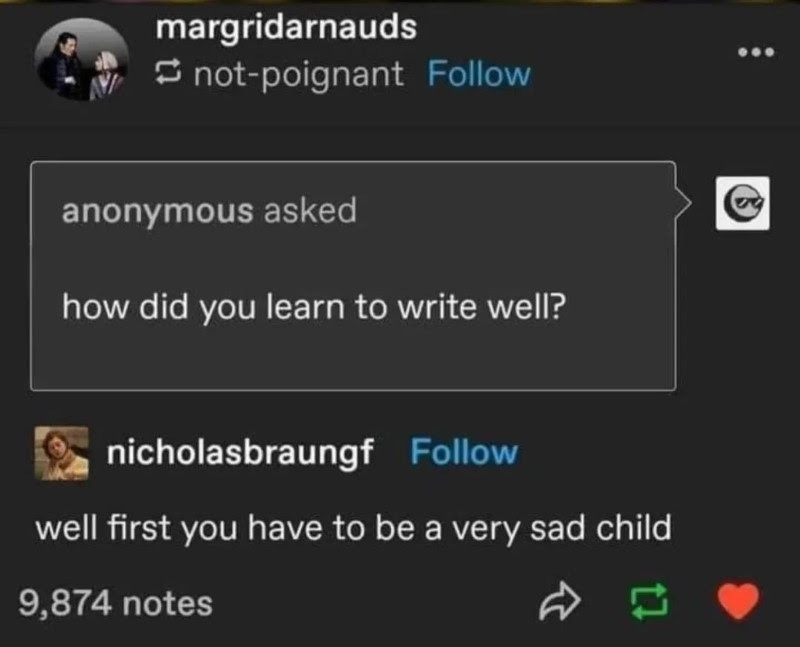Oh hello, oh hi!
A lovely day here on the high plain of Mexico City.
I was showing my friend Evvie this letter’s last issue, the one with the silly doodles of filing cabinets, and she was very kind and said “how did you get so good at this” and it reminded me of a thing i saw once
I was raised by cartoons and Tang!1
And while that’s not strictly true, it is …
Keep reading with a 7-day free trial
Subscribe to Delightful to keep reading this post and get 7 days of free access to the full post archives.


